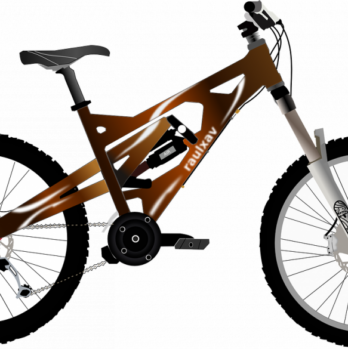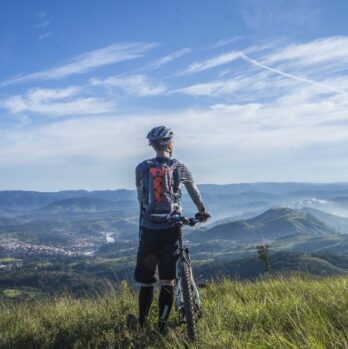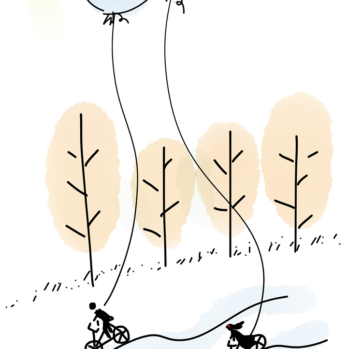Tour de France Route: A Deep Dive into the Most Iconic Cycling Race
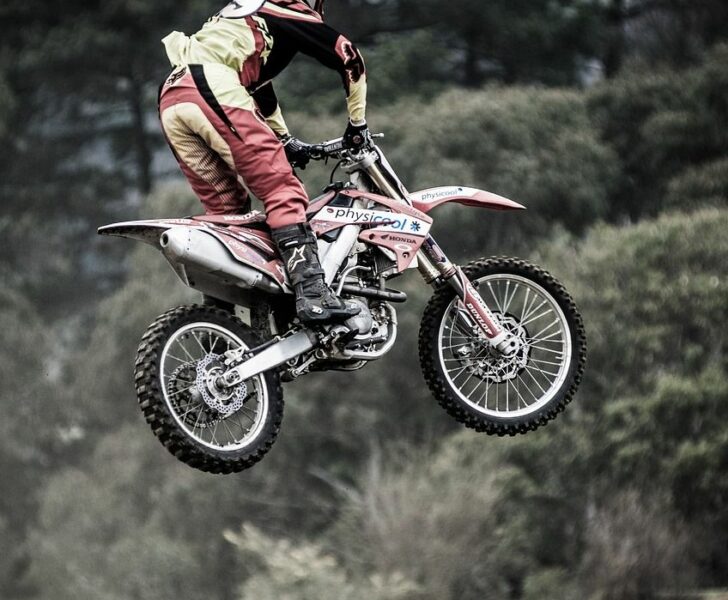
Introduction
The Tour de France is undoubtedly one of the most prestigious and challenging cycling races in the world. With its rich history, grueling stages, and breathtaking landscapes, it captivates sports and leisure enthusiasts alike. In this article, we will take a comprehensive look into the Tour de France route, providing essential information for anyone interested in this thrilling event.
The Importance of Understanding the Tour de France Route
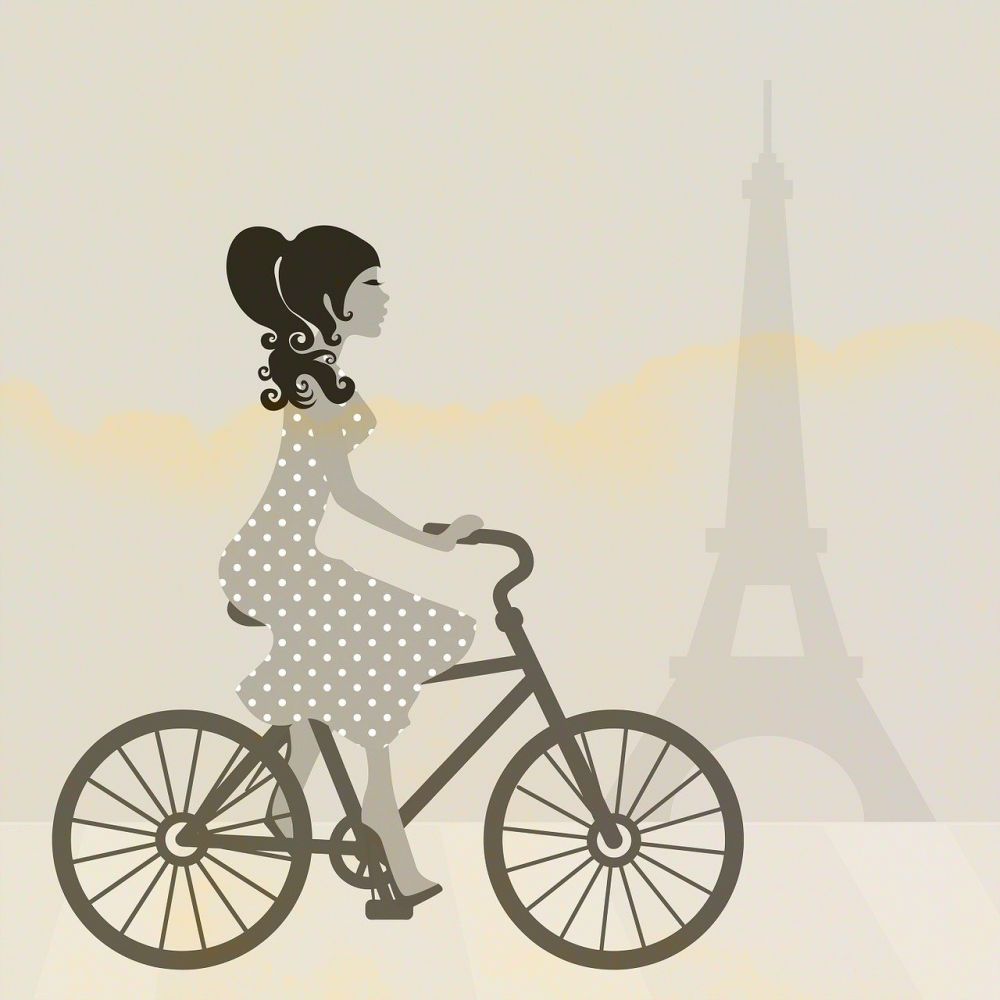
For those fascinated by cycling and the Tour de France, having a solid understanding of the route is essential. The route determines the challenges riders will face, the strategies they must employ, and the magnificent sights they will encounter along the way. Furthermore, knowing the route allows fans to plan their spectating locations, immerse themselves in the race atmosphere, and witness the incredible feats of human endurance firsthand.
The Evolution of the Tour de France Route
The Tour de France route has evolved significantly since its inception in 1903. Originally, the race consisted of only six stages, covering a distance of around 2,500 kilometers. Today, it comprises 21 stages, stretching over a distance of approximately 3,500 kilometers. The route varies each year, with organizers aiming to showcase different regions of France and introduce new challenges to the riders.
Let’s delve into the historical development of the Tour de France route:
1. Early Years: The first editions of the race primarily covered the central and western regions of France. Riders embarked on challenging journeys, conquering mountainous terrain and grueling cobblestone roads along the way.
2. Expansion: In the 1920s, the Tour de France route expanded to include the Pyrenees Mountains, a range of merciless climbs bordering France and Spain. This addition added a new level of difficulty, testing the cyclists’ climbing abilities.
3. Post-War Period: Following World War II, the Tour de France route was extended to encompass more diverse landscapes, including the Alps. These majestic mountains provided breathtaking backdrops for legendary battles between the race’s most notable figures.
4. Modern Era: In recent decades, the Tour de France route has grown even more iconic, with stages featuring famous landmarks like Mont Ventoux and Alpe d’Huez. These legendary climbs have become emblematic symbols of the race, pushing riders to their limits and captivating spectators worldwide.
The Current Tour de France Route
Each year, the Tour de France route presents new challenges and surprises. The race typically starts in a different city each year, showcasing different regions of France. It then winds its way through picturesque countryside, challenging mountains, and vibrant cities. Here is a breakdown of the key stages often featured in the modern Tour de France:
1. Grand Départ: The race traditionally begins with a spectacular opening ceremony, followed by a flat or slightly undulating stage suited for the sprinters. This stage acts as a warm-up for the challenges to come.
2. Mountain Stages: The high mountains provide some of the most thrilling and decisive moments in the race. Riders battle their way up steep ascents, often reaching altitudes above 2,000 meters. These stages separate the contenders from the pretenders, testing their climbing abilities and mental resilience.
3. Time Trials: The race also includes individual and team time trials. These stages, held on flatter terrain, allow riders to showcase their speed and endurance against the clock. Time trials are often pivotal in determining the overall winner.
4. Finale: The last stage of the Tour de France traditionally takes riders to the Champs-Élysées in Paris. This iconic location offers a sprinters’ paradise, with cyclists competing for the prestigious stage victory on the famous cobblestones.
Conclusion
As we have explored, understanding the Tour de France route is crucial for any sports and leisure enthusiast. It allows us to appreciate the challenges cyclists face, embrace the race’s history, and witness the beauty of France’s diverse landscapes. Whether it’s the early stages crossing scenic vineyards or the epic battles in the high mountains, the Tour de France route is a true testament to human endurance and determination.
In summary, the Tour de France route combines history, sporting prowess, and breathtaking scenery into a thrilling event. So, whether you are a novice enthusiast or a seasoned cycling fanatic, immerse yourself in the rich narrative of the Tour de France and witness the awe-inspiring feats of these extraordinary athletes.
